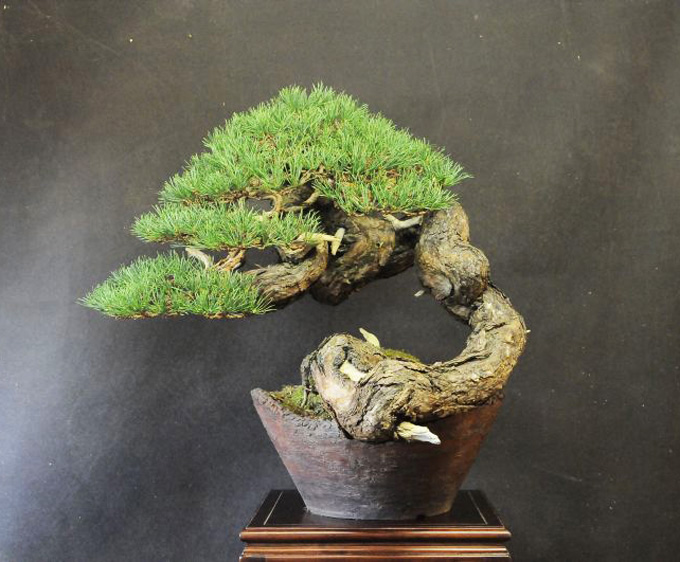Quiet Crow Bonsai
A Collection of Stellar Bonsai MusingsArticles
Technique: Seven Tips to Improve your Bonsai
Bonsai is defined as tree in a pot, any tree in any pot. It is clear, by this definition, that anyone can bonsai. Now that we've established that, we all know that some of us can bonsai better than others. Becoming skilled at bonsai requires several disciplines or factors coming together. Some of these factors include desire, instruction, practice, time, and more practice. I have been writing articles so that you can immediately see results in your bonsai abilities.
This article is a set of tips that I have picked up along the way that have helped me in my bonsai. Certainly not a catch all or complete process just purely some tips
- 1. Bonsai is a Skill
- This means that bonsai is not some magical activity that some people are born with the ability to do. A skill is something that can be taught and most importantly-learned. If you want to bonsai, have better trees, develop a collection, and teach others - you can. Anyone can become skilled at bonsai
- 2. Bonsai is At Least 50% Observation
- Bonsai is about seeing. Have you ever taken a photo of something without pointing the camera at it? Of course you haven't. Yet so many people think they can design a bonsai without looking at a tree or another bonsai. You must look at other bonsai in collections, books, at meetings in order to draw on that experience. In fact, you need to look at bonsai and trees a lot in order to represent an old tree. I suggest that the amount of time you should spend looking at your bonsai should be half the time it takes to complete it. Really study it. Understand why you see it that way. When you bonsai, look at your tree- the answers are there. Just apply the design.
- 3. Use Resources
- This one is related to the above. Gather books, photos or better yet take photos of your bonsai. See my article on wiring and look at Studying the Fundamentals for More Tips.
- 4. Look for Triangles
- Everything in the world can be simplified into basic shapes. When you are studying your bonsai, try to pick out the basic triangles and smaller triangles that make up the overall tree. Usually these triangles are pretty easy to draw. Draw the triangles then apply them to shaping your tree and branch. (This tip will help you with your speed as well.)
- 5. Good Bonsai Have a Full Range of Value
- Value is the darkness or lightness of a color, thickness or thinness of a branch. So value is about light and proportion. We can't see without light, therefore we see things because of value. It's not about contour and shape alone. (Although contour and shape are important too.) Make a value scale by putting it to paper. How tall, how thick how much mass should the foliage display. Then use this value scale. Make sure that your bonsai has a full range of value this will add interest to your bonsai as well as variety.
- 6. Stay Consistent with Your Style
- Make sure that you start and finish your bonsai with the same style. If you start your bonsai with loose, expressive curves, keep it that way. If your bonsai begins rigid and angular, finish it that way. Make sure the bonsai looks like the same artist shaped everything on the surface. This will insure that your bonsai is unified and harmonious.
- 7. Practice, Practice, Practice, and then Practice
- This tip is the best that there is. You must practice. This is true of any skill. Do bonsai every day. When you can't bonsai, look at trees and imagine how you would improve them. Keep a sketchbook and draw trees, carry a camera and shoot trees. What triangles are there? What values are there? Bonsai can take place between your ears.
You want to get better at representing trees in nature, set your direction. Read More




